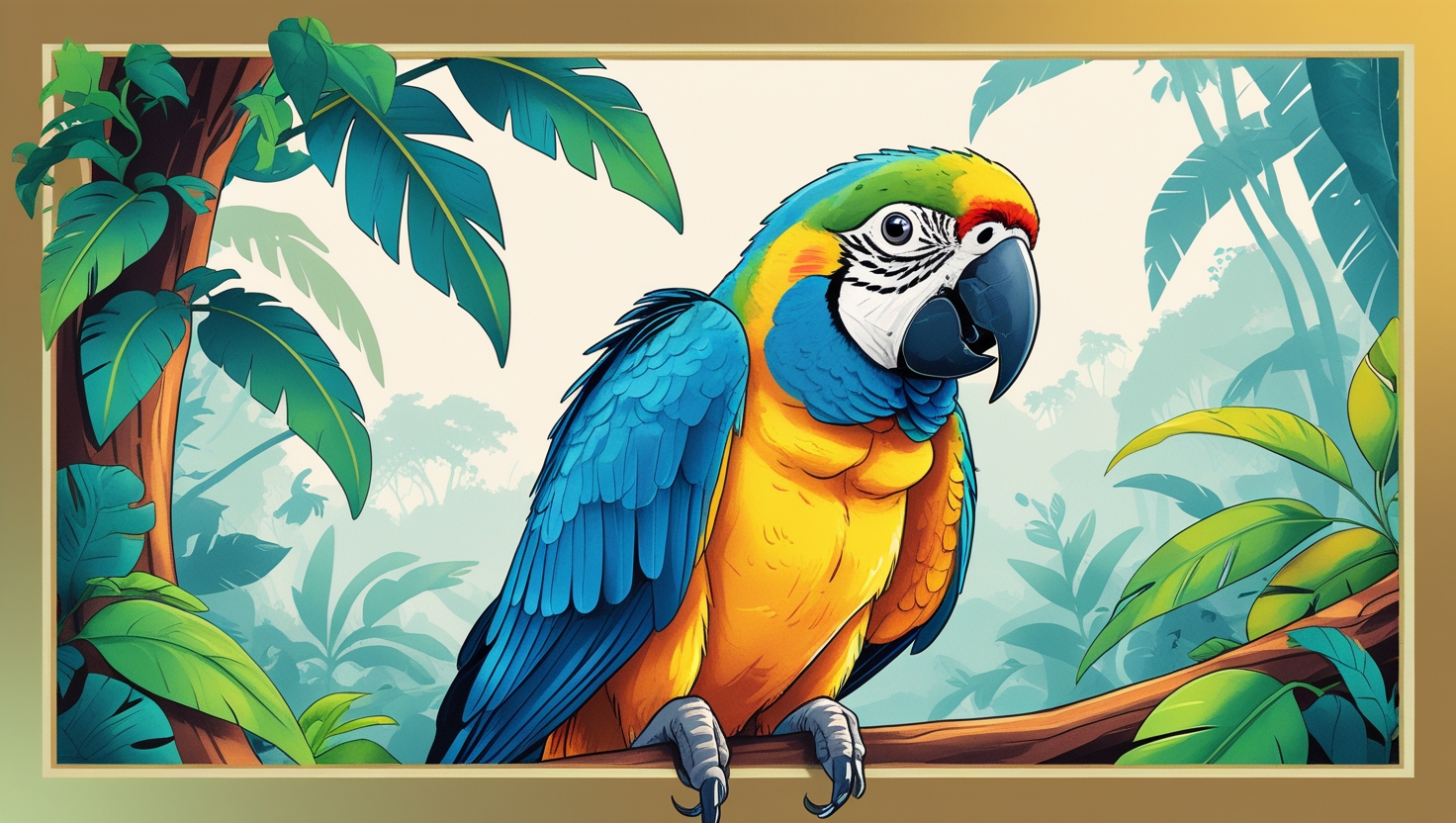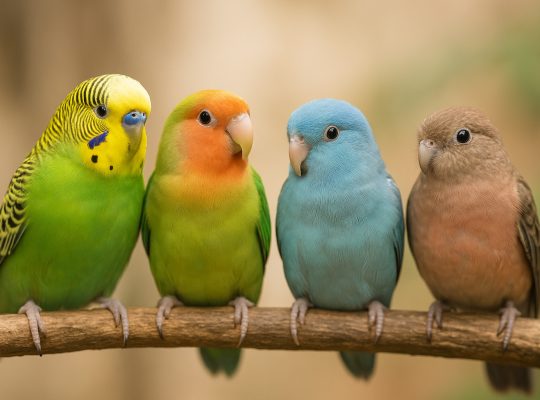Parrots are among the most intelligent and colorful birds, yet many species are at risk of disappearing. Habitat loss, illegal trade, and climate change have placed numerous parrot populations in danger. Understanding the causes behind their decline and taking action can help secure their future.
Threats to Parrot Populations
1. Habitat Destruction
Deforestation is the leading cause of parrot population decline. As rainforests and woodlands are cleared for agriculture, logging, and urban development, parrots lose nesting sites and food sources. Species like the Spix’s macaw and the Kakapo have suffered drastic losses due to habitat fragmentation.
2. Illegal Wildlife Trade
Parrots are highly sought after in the pet trade. Smugglers capture wild birds, often leading to injury or death during transport. Species such as the African grey parrot and the Yellow-headed Amazon are particularly affected, with thousands removed from the wild each year.
3. Climate Change
Rising temperatures and shifting weather patterns disrupt breeding cycles and food availability. Changes in rainfall impact nesting conditions, while extreme weather events like hurricanes destroy critical habitats. The Scarlet Macaw and the Puerto Rican Amazon are facing increasing threats from climate fluctuations.
4. Predation and Invasive Species
Non-native predators such as rats, snakes, and feral cats prey on parrot eggs and chicks. Some islands, like New Zealand, have seen native parrots struggle against these threats. The Kakapo, a nocturnal parrot, has required intensive conservation efforts to survive against introduced predators.
5. Diseases
Parrots in captivity and the wild are susceptible to diseases like Psittacine Beak and Feather Disease (PBFD). This viral infection weakens immune systems and has had severe impacts on populations such as the Orange-bellied Parrot in Australia.
Parrot Species at Risk
1. Spix’s Macaw
- Native to Brazil
- Declared extinct in the wild in 2000, though reintroduction programs are ongoing
- Victim of habitat destruction and illegal trapping
2. Kakapo
- Native to New Zealand
- Critically endangered with fewer than 300 individuals remaining
- Conservation efforts focus on breeding programs and predator control
3. African Grey Parrot
- Found in Central and West Africa
- Population decline due to poaching and deforestation
- Protected under international trade laws, but illegal trafficking persists
4. Yellow-headed Amazon
- Native to Central America
- Once common, now facing severe decline due to habitat loss and pet trade demand
- Conservation groups are working to establish protected reserves
5. Puerto Rican Amazon
- One of the rarest parrots in the world
- Habitat destruction and hurricanes have pushed numbers dangerously low
- Intensive conservation efforts have led to slow but steady recovery
How You Can Help
1. Support Conservation Organizations
Groups such as the World Parrot Trust and BirdLife International focus on habitat preservation, anti-poaching measures, and breeding programs. Donations help fund research and conservation efforts for endangered parrots.
2. Avoid Buying Wild-Caught Parrots
The pet trade is a significant driver of parrot population declines. If considering a pet parrot, adopt from reputable breeders or rescue organizations. Ensuring parrots are not taken from the wild helps reduce demand for illegal trade.
3. Promote Sustainable Products
Deforestation for agriculture and logging destroys parrot habitats. Supporting companies that use sustainable palm oil, wood, and paper products helps reduce habitat destruction.
4. Participate in Citizen Science
Observing and reporting parrot sightings contribute to conservation research. Platforms like eBird allow individuals to log data that scientists use to monitor populations and habitat changes.
5. Advocate for Stronger Wildlife Protections
Laws and enforcement play a critical role in protecting parrots. Supporting policies that regulate logging, wildlife trade, and environmental conservation helps safeguard their future.
6. Protect Local Habitats
For those living in regions with native parrot species, planting native trees and preserving green spaces provide food and nesting areas. Avoiding pesticides also helps protect insect populations that parrots rely on for food.
7. Raise Awareness
Educating others about the threats parrots face can inspire action. Sharing information on social media, participating in conservation events, and encouraging responsible pet ownership all contribute to the cause.
The Path Forward
Saving endangered parrots requires collective effort. Conservation projects have already shown success in bringing species back from the brink. By protecting habitats, stopping illegal trade, and promoting sustainable practices, their future remains hopeful. Small actions, when multiplied, create lasting change for these remarkable birds.


